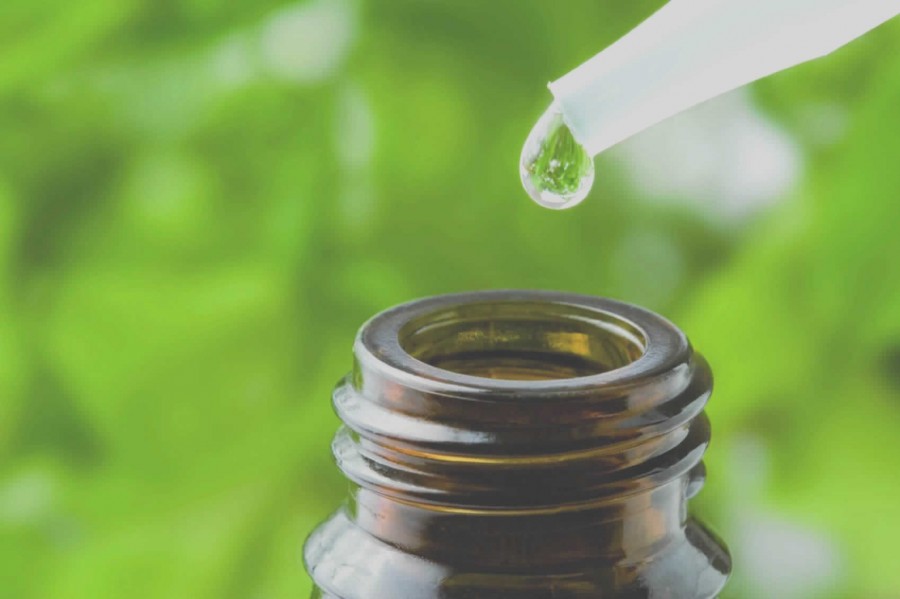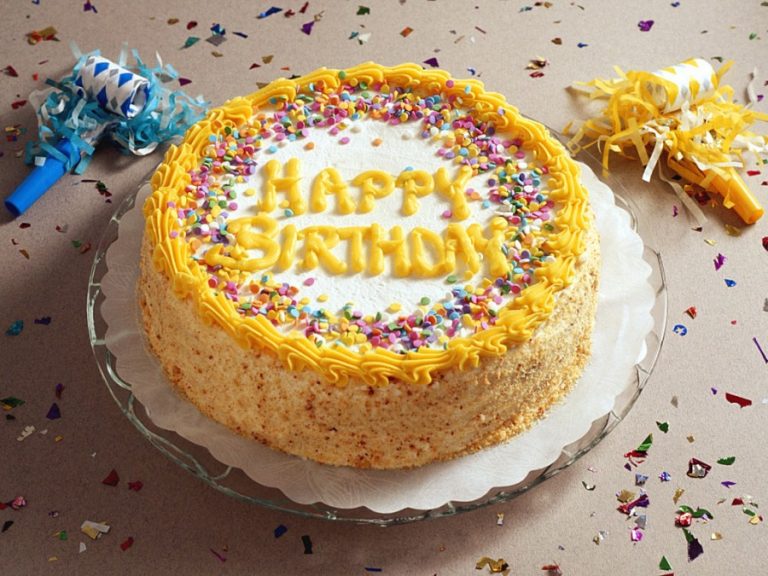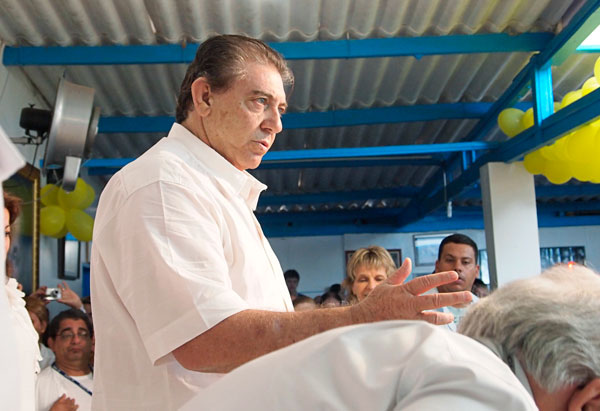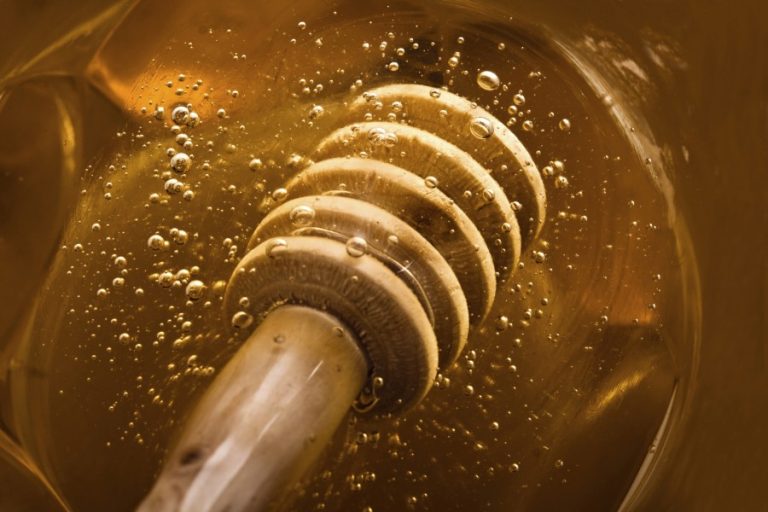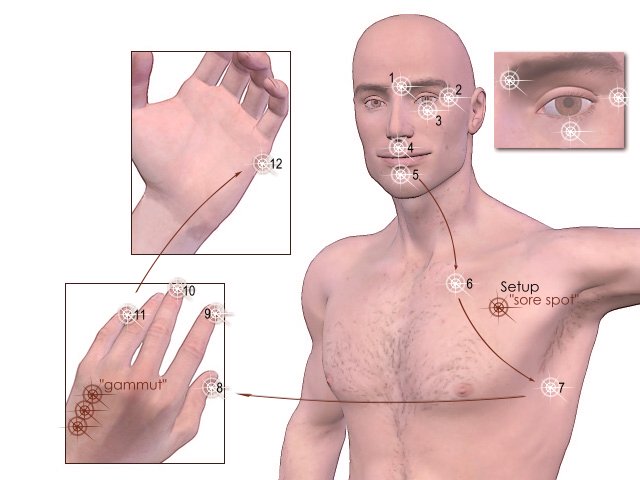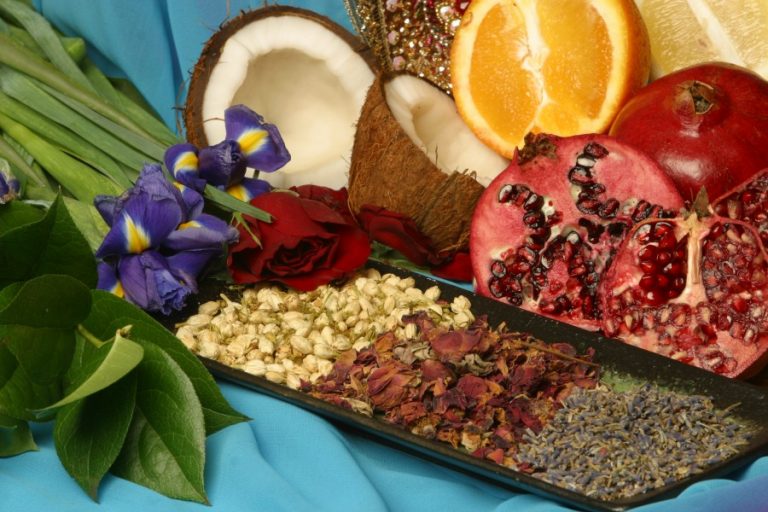Homeopathy – Introduction
Homeopathy is the essence of the art of healing. When homeopathy is well practiced, it is the medicine of choice to recover one’s health from the great majority of acute and chronic problems. The theory of homeopathy holds that every symptom induced by a toxic dosein a substance in a healthy person can be cured by a remedy prepared from that same substance—in Hahnemann’s own famous words: similia similibus curentur (“let like cure likes”). Two examples of substances used are sodium chloride (table salt), which is not terribly toxic and lachesis (the venom of the bushmaster snake), which is toxic. Underlying theory
There are 3 laws” that Dr. Hahnemann found out that form the basis of homeopathy:
- similia similibus curentur—let like cure like, which means the law of similarity (explained further in this article);
- the theory of infinitesimals—the more a substance is diluted (in a certain way), the more potent it becomes;
- the theory of Psora, according to Hahnemann, 80 % of all chronic diseases are the result of suppressed psora (itch). It must be noted that even the most ardent proponents of homeopathy do not mention this particular law of Hahnemann.
The homeopathic concept of disease differs from concept of modern medicine, the root cause of disease in homeopathy is believed to be spiritual rather than physical, and a disease is thought to manifest itself first on emotional level (e.g. cravings, aversions, ) and if left untreated gradually progress to mental and finally physical symptoms. As the disease process is thought to begin long before any physical manifestations appear, it logically follows that homeopathy see bacteria and viruses as effects, not causes, of disease.
Homeopathic remedies
A Materia medica is a listing of symptoms associated with each of a number of substances, produced by “homeopathic proving”—i.e., the researcher imbibes a toxic dose of the substance on healthy human and records all physical, mental, emotional and modal symptoms experienced. A homeopathic repertory is a listing of remedies by symptom used to determine the most appropriate remedy for a given case. Kent’s Repertory is very important (published 1905) and lists over 700 different homeopathic remedies. Today, nearly 3000 different remedies are used in homeopathy, of which approximately 150 are used in most cases.
The preparation of homeopathic remedies, known as potentiziation, consists of successive dilutions followed by shaking in 10 hard strikes against an elastic body (usually the book cover) at each dilution stage. The vigorous agitation following each dilution is thought by believers in homeopathy to transfer some of the “spiritual essence or energy” of the substance to the water. The dilution factor at each stage is traditonally 1:10 (D potencies) or 1:100 (C potencies), though recently LM potencies (dilution factor 1:50,000 at each stage) have been used by some practitioners.
The choice of potency prescribed depends on how deep-seated a disease is diagnosed to be. Also different homeopaths use different potencies. Some may start with potency of 200 C, and some with 30 C or even D12 for example.
The dilution of homeopathic remedies
Homeopathy defines the potency of its remedies according to how diluted they are; the more diluted, the stronger it considers them. The process of dilution is called potentization. The potency is defined in terms of a number, where the higher the number, the higher the dilution. 30X, for example, is 10 20 times more diluted (and thus, according to homeopathy, more potent) than 10X. This is in contrast to conventional medicine and biochemistry, which hold that the effects of a substance are always due to its physical and biochemical activity in the patient’s body, and therefore that generally the more of an active ingredient is present in a drug, the more effect (whether positive, negative, or both) it will have.
Some supporters of homeopathy believe that while lower dilutions may have more effect on physical level of our body, higher dilutions may have a greater effect on the mental or emotional plane.
Much of the controversy surrounding homeopathy concerns the mechanism that would lie behind the alleged effectiveness of highly diluted substances. Critics of homeopathy argue that homeopathic substances are so diluted that there is not even one molecule of that substance in the diluted remedy, only water.
History of homeopathy
Homeopathy is a method of treating diseases and medical conditions invented by the German physician Samuel Hahnemann (1755–1843) in the late 18th and early 19th centuries and significantly refined as well as popularized by the American James Tyler Kent, M.D. It is based on the theory that each natural substance, plant or mineral will, when ingested or applied, result in certain symptoms. Hahnemann believed that, by diluting these substances in a standardized manner, one could reach the true essence of that substance. Hahnemann described this process of dilution as “potentizing” the substance. (German verb: potenzieren, from Potenz which means the English mathematical term “power”. Knowing this helps understanding the concept of homeopathic dilution; a D5 potency means that the active substance was diluted 100 times to the power of 5, i.e. 1:10’000’000’000). These dilute amounts could then be used to treat the very symptoms they were known to produce.
Hahnemann and his students approached their treatments in a holistic way, meaning that the whole of the body and spirit is dealt with, not just the disease itself. Hahnemann himself spent extended periods of time with his patients, asking them questions that dealt not only with their particular symptoms or illness, but also with the details of their daily lives. It is also suggested that the gentle approach of homeopathy was a reaction to the violent forms of medicine of the day, which included techniques such as bleeding as a matter of course.
According to homeopaths, conventional (or allopathic) medicine views symptoms as signs of illness (though some modern scientists would see this as an overly simplistic view). Modern treatments are intended to fight disease by targeting the pathogen causing the symptoms. According to homeopathic theory, symptoms are actually the body’s way of fighting disease. Homeopathy teaches that symptoms are to be encouraged, examined , by prescribing a remedy in minuscule doses that in large doses would produce the same symptoms seen in the patient. These remedies are intended to stimulate the immune system, helping to cure the illness.
Misconceptions about homeopathy
Many producers of homeopathic remedies also produce other types of alternative remedies, under the same brand name, which leaves the general public often confused about what homeopathy really is. A common misconception is that homeopathic remedies use only herbal components, but that is herb medicine. Homeopathy uses herbs and also non-biological substances (such as salts) and components of animal origin, such as snake venom, bugs(tarantula cub.), dog’s milk (remedy lac caninum). Homeopathy also uses substances of human origin, called nosodes (syphilinum, tuberculinum, psorinum). Another difference is that though both do use herbs, in herbology measurable amounts of the herb(s) are in the remedy, while in homeopathy it gets diluted beyond measurable quantities.
Since the term homeopathy is well known and has good marketing value, the public can be further confused by people who misuse the term, such as homeopathic dentists, homeopathic electro-acupuncturists etc. Classical homeopaths claim only remedies prepared in accordance with the laws and rules of Dr. Hahnemann can be called homeopathic.
Current status of homeopathy
Homeopathy has attracted practitioners for more than a century and a half, many of whom have put forth claims of evidence for its efficacy. Homeopathy is rejected as pseudoscience (functioning through the placebo effect) by the majority of the scientific and medical establishment in the United States and Western Europe. Nevertheless, there is a large market for homeopathic treatments in parts of Europe and in some other nations like India. Since January 1, 2004 in Germany homeopathic medications, with some exceptions, are no longer covered by health
Homeopathy in much of Europe is generally unregulated, so the skeptics can suggest that homeopathic practitioners could potentially cause more harm than good. In the United States, homeopathic remedies are subject to regulation by the Food and Drug Administration FDA. Although regulated, the FDA treats homeopathic drugs significantly differently from other drugs. Homeopathic drugs are not required to be approved by the FDA prior to sale, not required to prove either safety or effectiveness prior to being sold, not required to label their products with expiration dates, and not required to undergo finished product testing to verify contents and strength. Homeopathic drugs have their own imprints that, unlike conventional drugs, do not have to identify their active ingredients on the grounds that they have little or no active ingredients. In many other countries (like United Kingdom), homeopathic medicines are sold over the counter. In the United States only homeopathic medicines that claim to treat self-limiting conditions may be sold over the counter, while homeopathic medicines that claim to treat a serious disease can be sold only by prescription.
Proponents of conventional medicine charge that patients who rely fully on homeopathic techniques, denying any conventional medicine, are at risk of leaving some easily treatable diseases (such as some early skin cancers) until they become untreatable.
Proponents and opponents of homeopathy disagree over whether scientific controlled trials with the use of placebo effect have shown success with homeopathic methods. Some clinical trials have produced results supporting homeopathy, but critics contend that these trials are flawed. In 1997, The Lancet published a meta-analysis of 89 clinical trials, resulting in an ambiguous conclusion that served as fodder for both supporters and critics of homeopathy.
External links
- Online text of Hahnemann’s Organon der Heilkunst: German original and English translation
- Homoeopathic Medical Association
